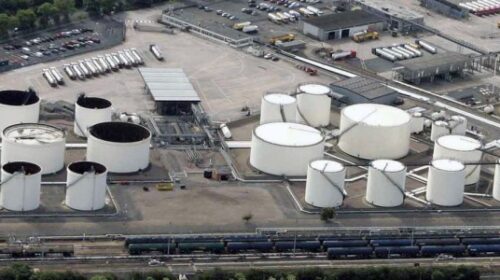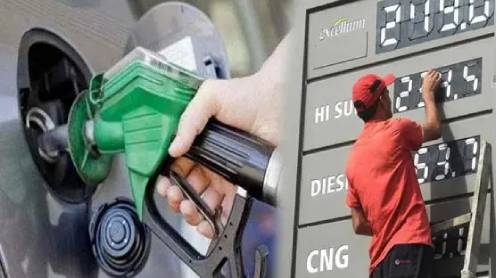WTI slipped from $108 last week on news that the Biden Administration would release a million barrels of crude oil per day from the SPR for a period of six months, for a total of 108 million barrels. Critics of the plan argued at the time that the release—the biggest of its kind—would have little effect on the long-term trajectory of crude oil prices.
On Monday, a series of bullish factors, including Russian production dipping in March, Saudi Arabia lifting the official selling price of crude oil to Asia to record premiums, gasoline shortages in the UK due to protests, and chatter that the EU could consider energy sanctions against Russia over war crimes provided extra support to crude prices.
The first 90 million barrels of the 180 million set to be released from the Strategic Petroleum Reserve will be released between May and July, the DoE said on Monday, through two notices of sale totaling 70 million barrels, plus 20 million barrels set to be released in May. The second half of the 180 million barrels is set to be released between August and October of this year.
“The Department of Energy will execute President Biden’s authorization of an immediate release of one million barrels per day for six months from the Strategic Petroleum Reserve, and we are coordinating with our international allies and partners to join us in releasing additional oil from strategic reserves,” U.S. Secretary of Energy Jennifer Granholm said in a DoE statement.





